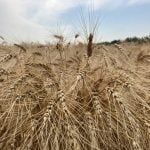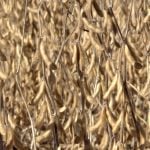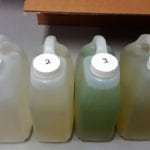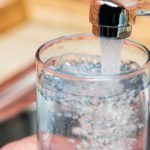On the Canadian Prairies, a green Christmas doesn’t exist. However, a brown Christmas sure did in 2023, thanks to El Niño. Snow was scarce on the Prairies earlier this winter, with temperatures rarely falling below -20 C, or even -10 C. With a drought stretching through multiple years, the dry winter is causing even more […] Read more










